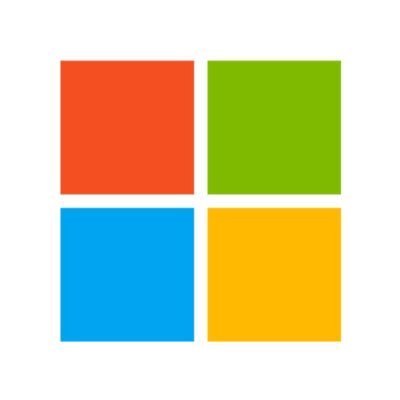
Microsoft is a multinational technology corporation that has been instrumental in shaping the personal computing industry. The company is headquartered in Redmond, Washington, and was founded in 1975 by Bill Gates and Paul Allen. Initially, the company was focused on developing and selling programming languages and operating systems for personal computers, but over the years, it has expanded its offerings to include a range of products and services.
History
In 1975, Bill Gates and Paul Allen founded Microsoft with the goal of developing software for personal computers. Their first product was a programming language called BASIC, which was developed for the Altair 8800 computer. The company’s next major product was MS-DOS, a disk operating system that became the standard operating system for IBM-compatible personal computers.
In the 1980s, Microsoft started to expand its offerings to include application software such as Microsoft Word, Microsoft Excel, and Microsoft PowerPoint. These products became very popular and helped to solidify Microsoft’s position as a leading technology company.
In the 1990s, Microsoft faced a number of legal challenges, including an antitrust lawsuit by the US Department of Justice. The lawsuit alleged that Microsoft was using its dominant position in the market to stifle competition. Microsoft was eventually found guilty of antitrust violations and forced to make changes to its business practices.
Products and Services
Microsoft is best known for its software products, which include the following:
- Windows Operating System – Windows is Microsoft’s flagship operating system, which is used on the majority of personal computers around the world.
- Microsoft Office – Microsoft Office is a suite of productivity applications that includes Word, Excel, PowerPoint, Outlook, and more.
- Azure – Azure is Microsoft’s cloud computing platform, which provides a range of services such as virtual machines, databases, and analytics.
- Xbox – Xbox is Microsoft’s video game console, which is popular among gamers around the world.
- Microsoft Surface – Microsoft Surface is a line of tablet computers and laptops that run the Windows operating system.
Apart from these products, Microsoft also offers a range of services and tools for businesses, including enterprise software, cloud-based services, and developer tools.
Corporate Culture
Microsoft has a corporate culture that emphasizes innovation, collaboration, and inclusivity. The company’s mission is to “empower every person and every organization on the planet to achieve more,” and it places a strong emphasis on diversity, equity, and inclusion.
In recent years, Microsoft has made a number of commitments to reduce its carbon footprint and promote sustainability. The company has pledged to become carbon negative by 2030, and it has also committed to sourcing 100% renewable energy for its data centers.
Conclusion
Microsoft has played a significant role in the development of the personal computing industry, and it continues to be a major player in the technology sector. The company’s products and services are used by millions of people around the world, and its corporate culture emphasizes innovation, collaboration, and sustainability. With its continued focus on research and development, Microsoft is likely to remain a leading technology company for years to come.
Financial Performance
Microsoft has consistently reported strong financial results over the years, driven by its diversified product portfolio and increasing demand for technology in the global market. The company’s revenue has grown steadily over the past five years, reaching $168.1 billion in fiscal year 2021, an increase of 14% from the previous year. This growth was driven by the company’s Intelligent Cloud segment, which saw a revenue increase of 33% from the previous year, reaching $59.4 billion.
Microsoft’s net income has also been steadily increasing, reaching $61.3 billion in fiscal year 2021, a 44% increase from the previous year. This growth is attributed to the company’s increased revenue and operating margin expansion. Additionally, Microsoft has a strong balance sheet with $130.7 billion in cash and short-term investments as of June 2021, providing the company with the flexibility to invest in new business opportunities or return capital to shareholders.

Stock Performance
Microsoft’s stock has performed well in recent years, delivering strong returns for investors. The company’s stock price has increased steadily over the past five years, reaching an all-time high of $337.42 per share in January 2022. Microsoft’s market capitalization currently stands at over $2.5 trillion, making it one of the most valuable companies in the world.
One of the key factors driving Microsoft’s stock performance is its consistent growth in revenue and earnings. The company’s solid financial performance has resulted in increased investor confidence and demand for its stock. In addition, Microsoft has a long track record of paying dividends and buying back shares, which has helped support its stock price.
Microsoft has also been investing heavily in new growth opportunities, such as artificial intelligence, cloud computing, and gaming. The company’s Azure cloud platform has been a major driver of growth, with revenue increasing by 50% in fiscal year 2021. This growth has helped to offset any potential declines in the PC market, which has historically been a major source of revenue for Microsoft.









